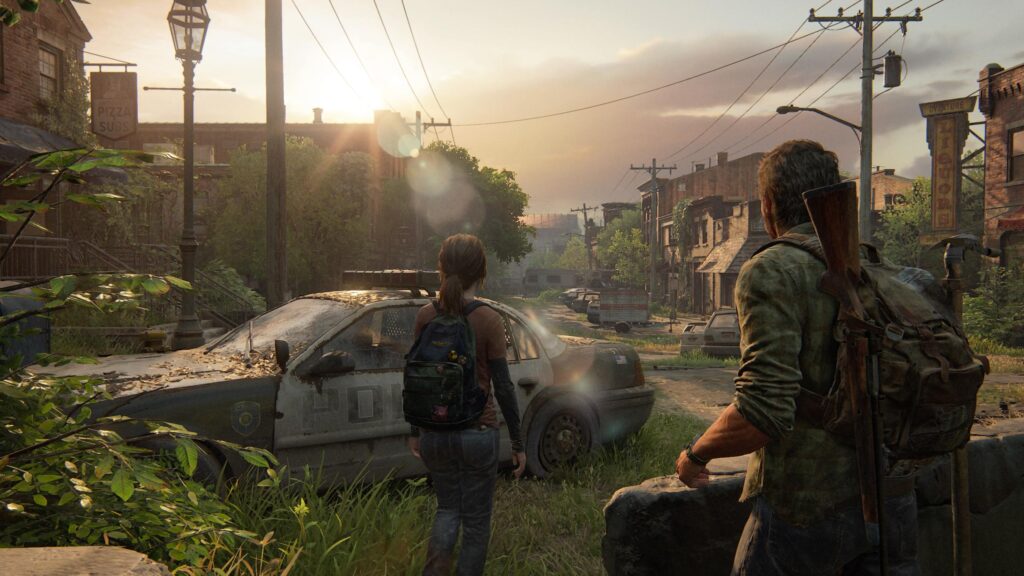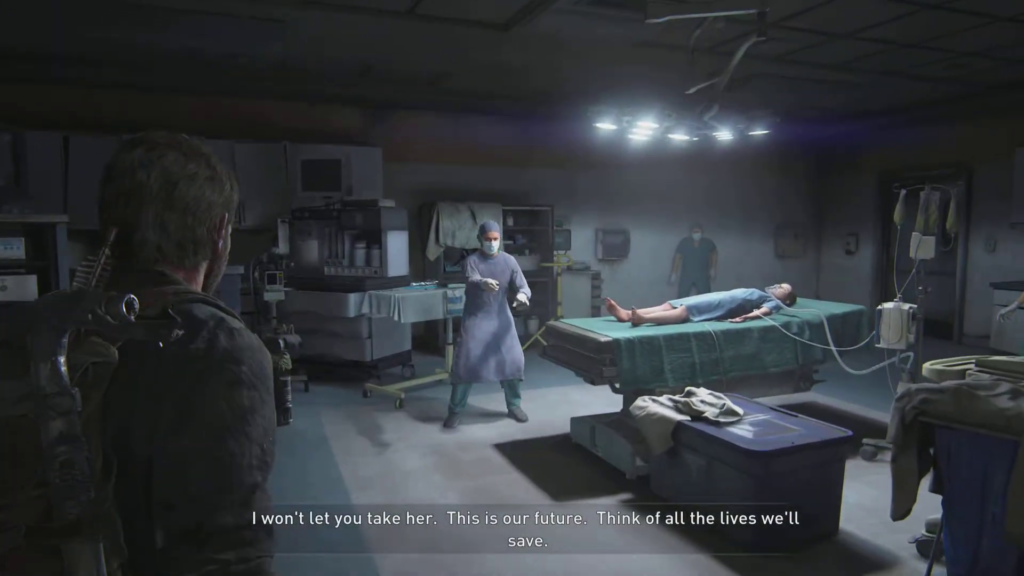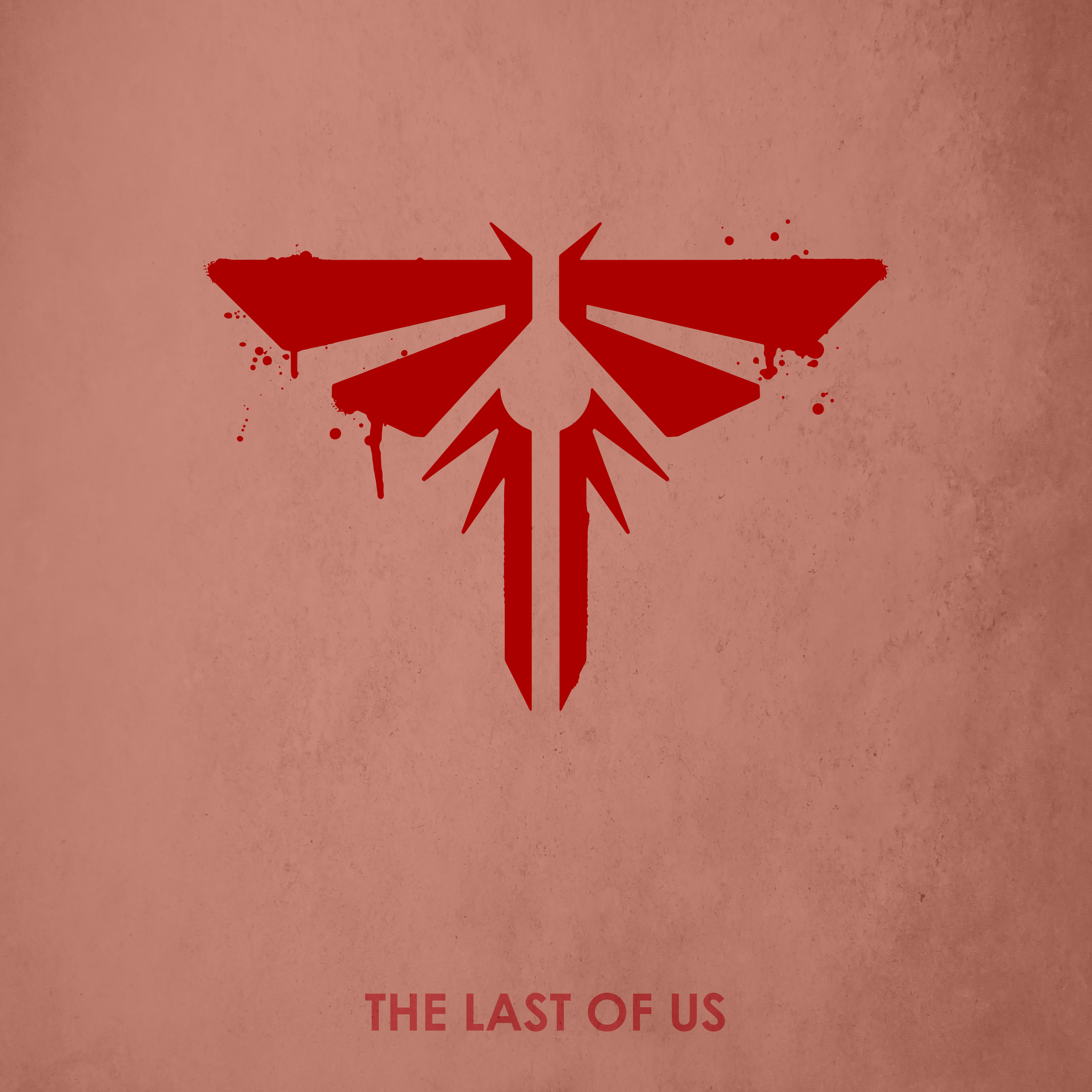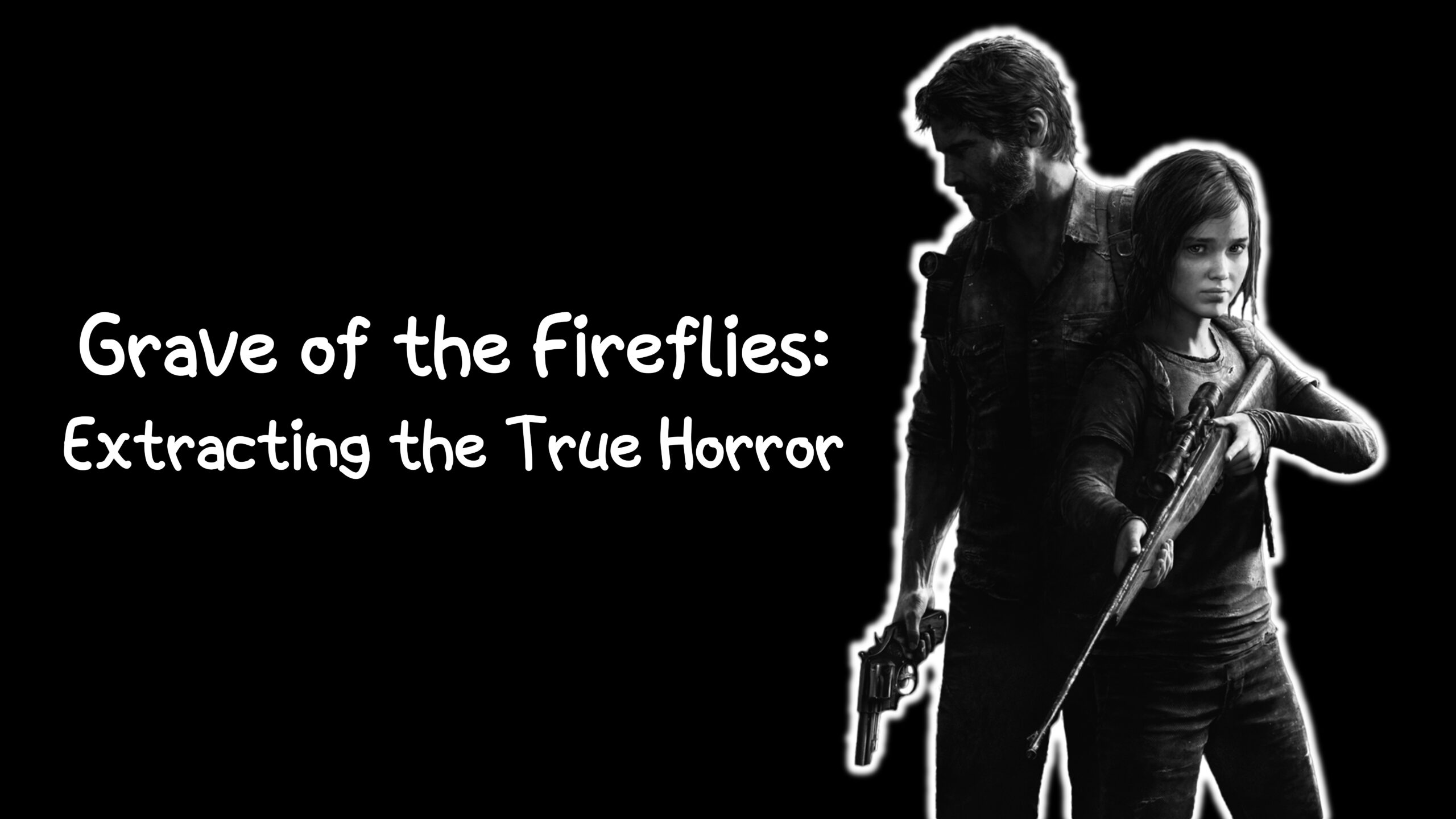Lurking in the damp shadows, the unsettling drones of an abomination in the distance—an ominous, guttural clucking that sends shivers down any survivor’s spine. Once human, the Cordyceps Fungus has ruthlessly commandeered its host, transforming them into monstrous entities known as Clickers. Engaging with a single Clicker is perilous, and traversing an area with several is akin to tempting fate.

I tighten the bandage around my arm, realizing the futility of my field medicine efforts as blood continues to seep through. A makeshift plank of wood securely strapped to my back serves as a primitive yet functional melee weapon. A quick check of my revolver reveals three bullets remaining. Undeterred, I press forward into the looming danger, fully aware that my current resources are the most abundant I’ve had thus far. For the world of The Last of Us is grim and unforgiving.

The narrative of The Last of Us is punctuated by numerous iconic moments and set pieces, a journey I’ve traversed multiple times over the years. Yet, it’s the concluding chapter that leaves a mark. Moments such as David’s unsettling conversation with Ellie about a ‘crazy man’ unveil a stark revelation: the character I’ve embodied throughout the game is perceived as a psychopathic killer by those around them. This revelation sets the stage for the intense climax, where Joel, under immense pressure, makes the gut-wrenching decision to sacrifice the lives of the Fireflies to save Ellie.

The Light Dims
Distilling The Last of Us into a minimalist art piece proves challenging, envisioning silhouettes of Joel and Ellie against dilapidated American landscapes. Seeking further simplicity, I focused on the poignant ending where the player causes the demise of the fireflies. A bleeding Firefly symbol in deep blood red, starkly offset by the color of Ellie’s shirt, captures a compelling contrast in both hue and emotion. This depiction encapsulates a gaming moment that will resonate with me indefinitely.

